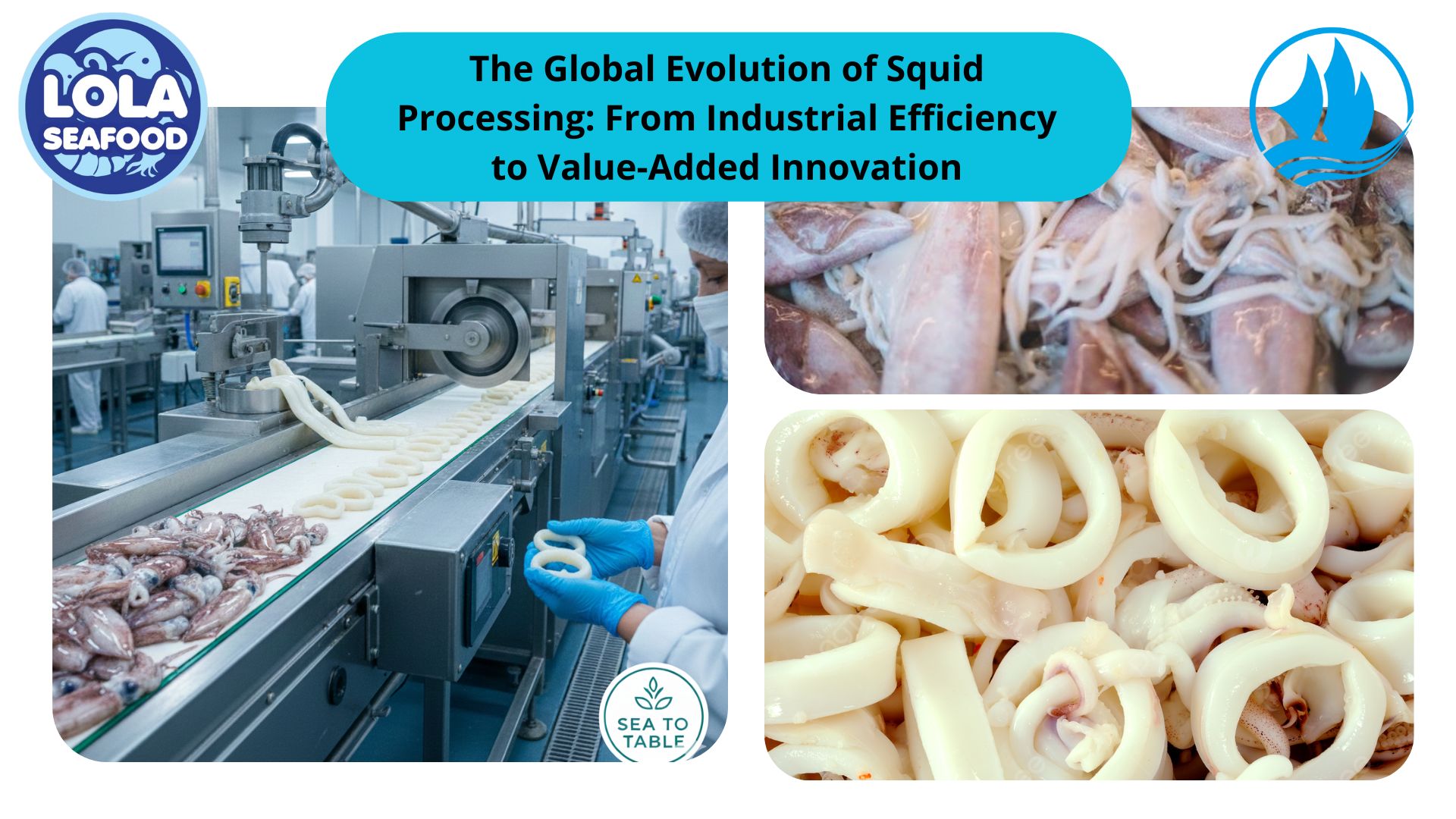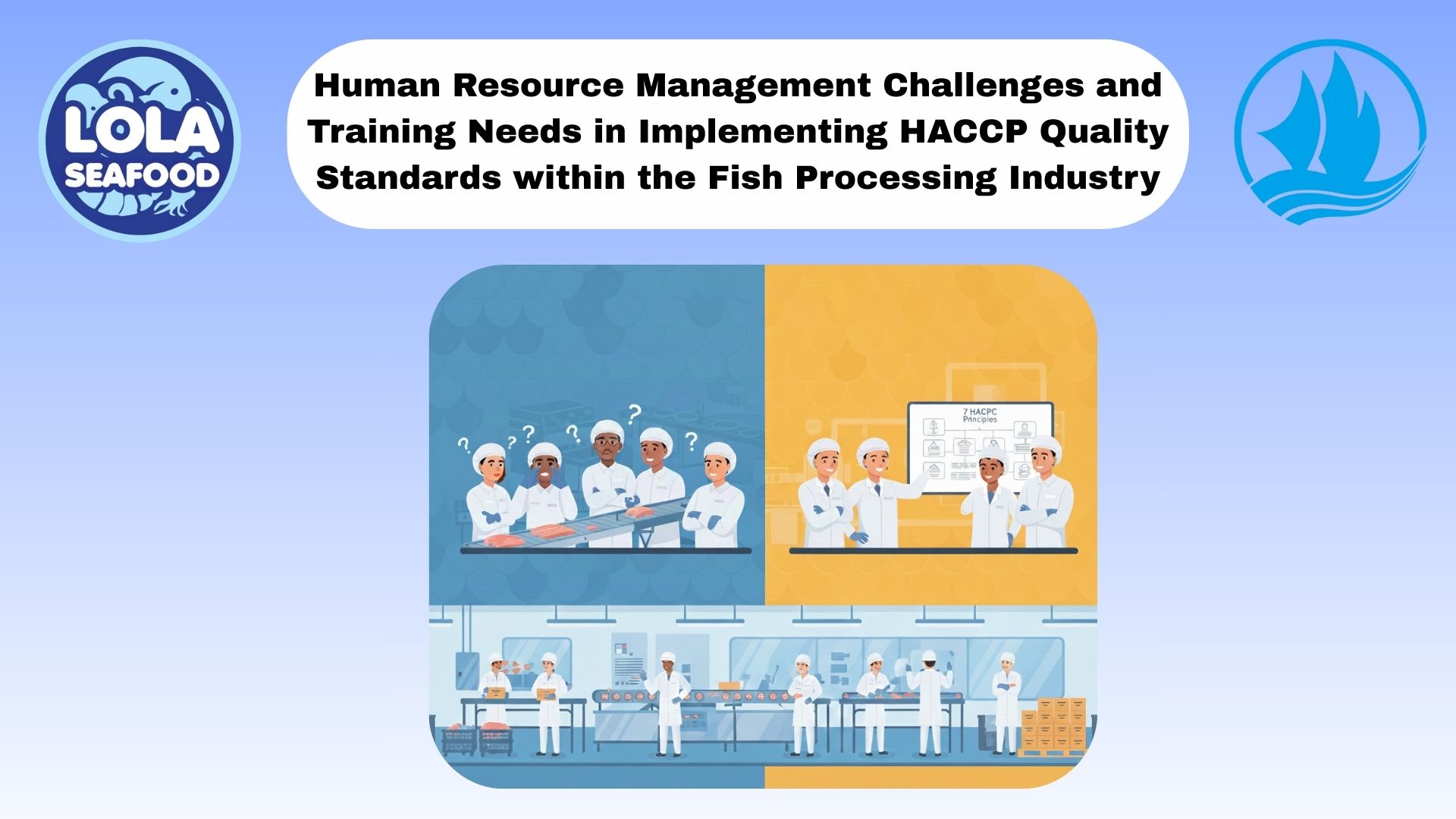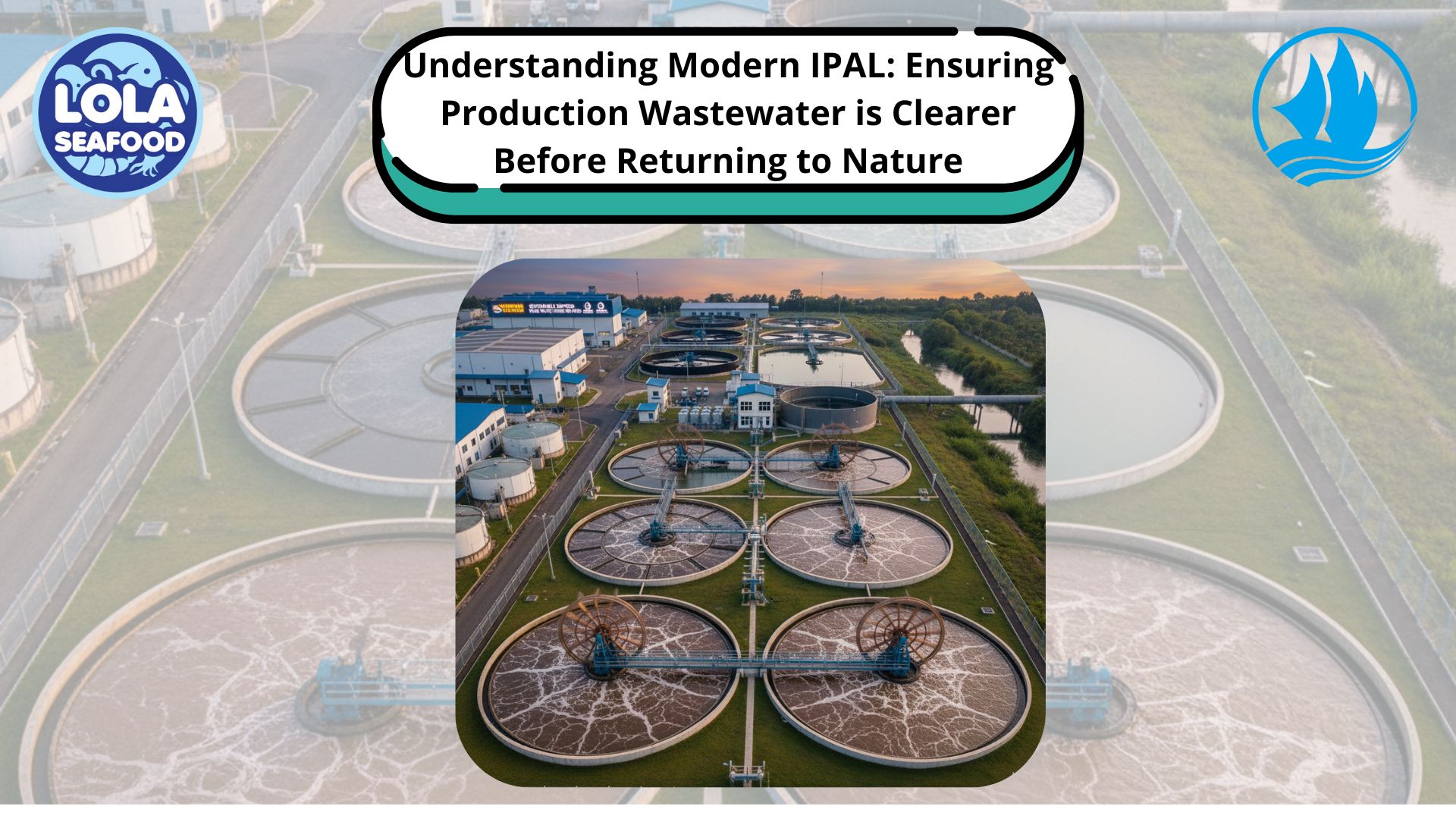CHLORINE IN THE FISHERY INDUSTRY
By. Najih - 02 Sep 2023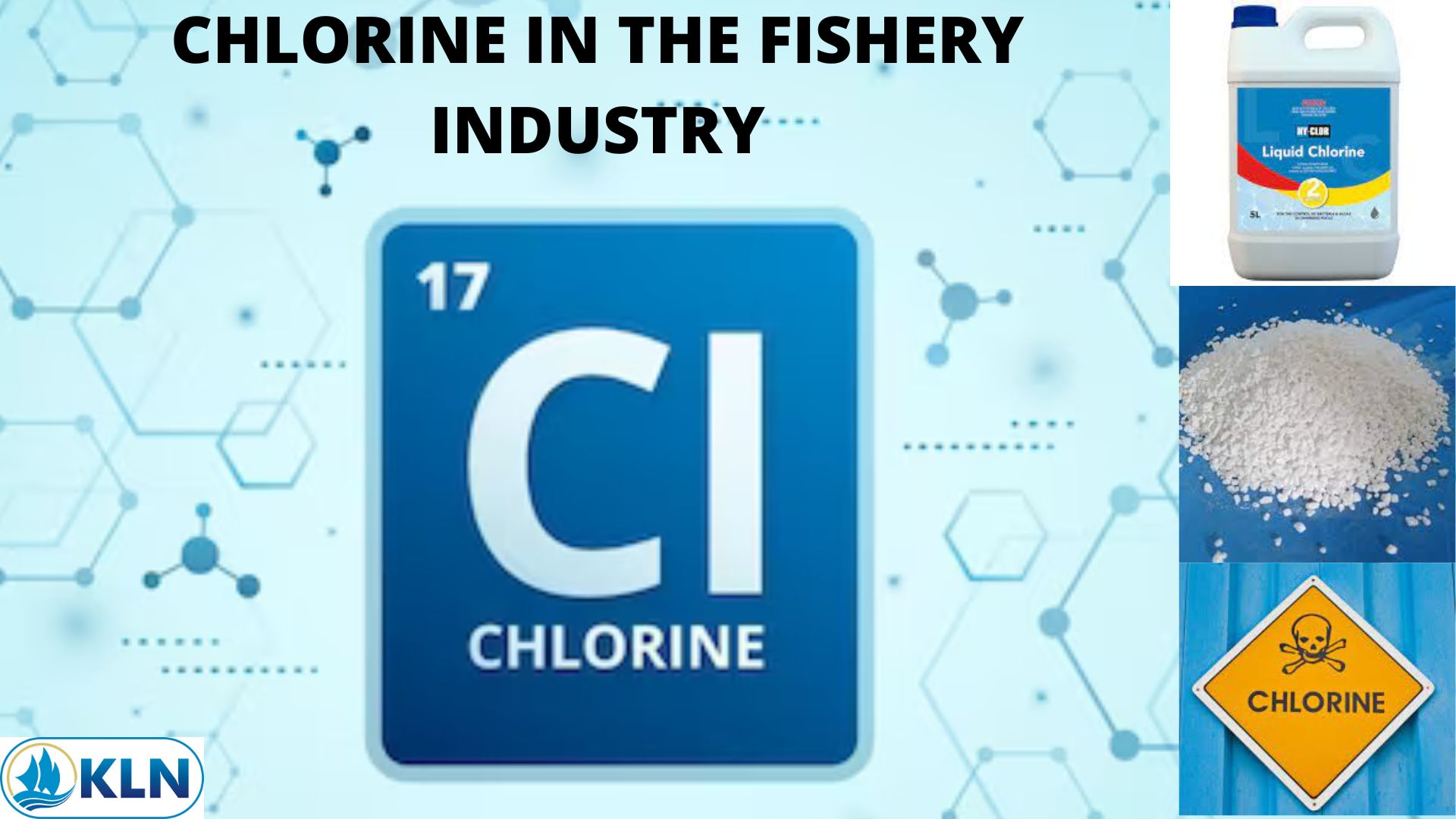
kelolalaut.com - Chlorine compounds are widely used in the fishery industry to kill bacteria and sanitize the food processing environment. Chlorine compounds are widely used because the price is economical, effective in reducing harmful microorganisms to a safer level, products are more attractive to customers, products have longer shelf life, and the processing area is more hygienic. As a general rule, you can apply chlorine solution of 50 ppm (parts per million) up to 200 ppm to products for washing and food contact surfaces like tables, chutes, and other processing equipment. The 200 ppm is the maximum allowable strength as per the US FDA.
Common chlorine sanitizer compounds are as below:
|
Chemical |
Synonyms |
|
sodium hypochlorite ~5% active chlorine |
hypochlorous acid, sodium oxychloride, bleach |
|
sodium hypochlorite ~10-15% active chlorine |
hypochlorous acid, sodium oxychloride |
|
calcium hypochlorite |
hypochlorous acid, calcium oxychloride |
|
sodium dichloroisocyanurate |
Dichloro-s-triazine-2,4,6-trione; sodium salt |
|
chlorine dioxide |
chlorine oxide, chlorine peroxide |
|
sodium chlorite |
none |
Chlorine can kill a wide range of microorganisms like bacteria, viruses, fungi, and parasites. Chlorine does this by releasing hypochlorous, an acid that can destroy the proteins inside the microorganism’s cells.
It is necessary to check it at regular intervals to ensure its effectiveness by using test kits: chlorine paper.
Checking the concentration commonly involves color change in the sample solution according to its concentration level and this result is compared using a chart or color meter that comes with the test kits or test strips.
Certain factors can affect the sanitizing power of chlorine compounds. With the correct concentration, chlorine is one of the most effective sanitizers to eliminate undesirable microorganisms. A weak concentration may not be effective, and too strong a concentration is toxic and corrosive. Warmer temperature increases the effectiveness of chlorine. This is the reason why most processes heat chlorinated water at around 120°F (49°C) to 200°F (93°C). Higher temperature also helps in removing residual chlorine. The presence of organic matter is more inevitable in most fish processing plants. Removing excess dirt, fats, grease, and other organic matter first before applying chlorine enhances sanitation effectiveness. Chlorine solution effectiveness is highly dictated by its pH level. PH near neutral (around 6.0 to 7.0) is best for sanitation. Most sanitizers require contact time of anywhere from half a minute up to 15 minutes. For chlorine, it would only take around 1 to 5 minutes to neutralize microbial activity.
.jpg)
The Impact of HACCP-Based Integrated Quality Management Programs on the Quality and Competitiveness of Fresh Demersal Fish Products
 and Employee Productivity on the Demersal Fish Processing Floor.jpg)
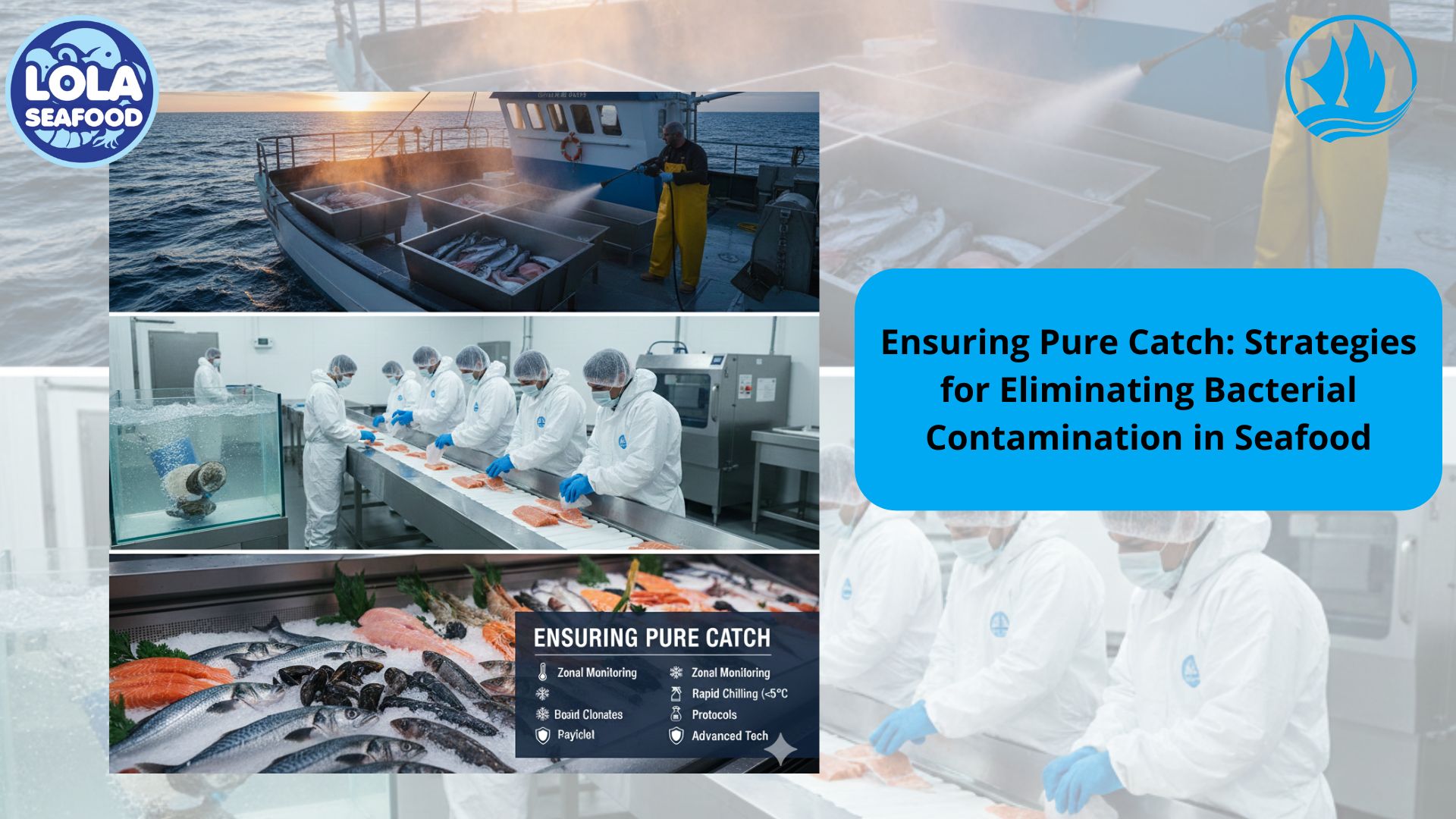
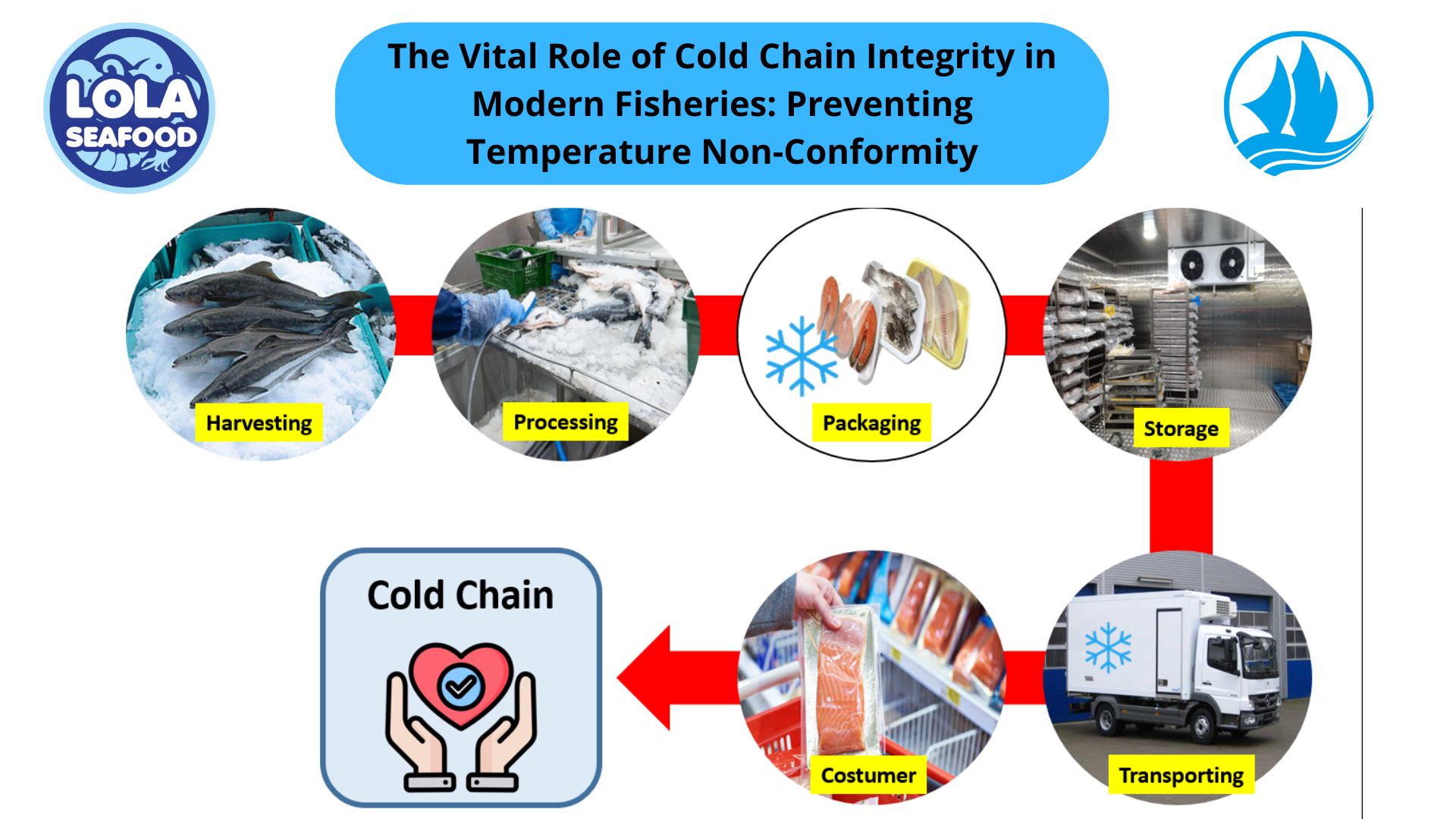
.jpg)
